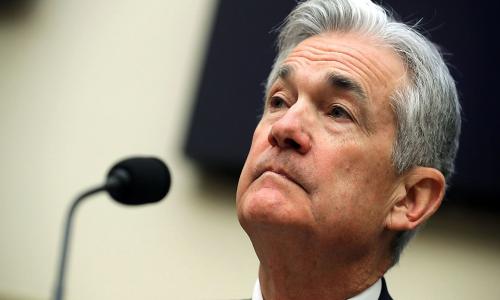The Fed released their FOMC statement yesterday and it contained the phrase we've become accustomed to: "...low rates of resource utilization, subdued inflation trends, and stable inflation expectations, are likely to warrant exceptionally low levels of the federal funds rate for an extended period."
That means that savings and cd rates will continue to offer rock-bottom rates at least through 2010 and perhaps beyond. Indeed, rates continue to decline even as the economy seems to be sputtering to life. So, what's an income oriented investor going to do? I'd recommend going out a bit longer with a portion of your money to perhaps a 3 or even 4 year CD. Rates have been low for almost two years and many investors have stayed short waiting for inflation and rates to pick up. Hasn't happened and it may not happen for some time. Indeed, bond vigilantes seem to have given up on the US and are conceding rates may stay down for some time.
I'd also look at municipal bonds. Yields are way down because of the flood of money into munis but the composite muni rate for a 10-year bond is 4.56%, after tax advantages are factored in.
Many of my friends have begun to buy dividend stocks, which can generate 5-6% per year and are more tax advantaged that deposit income. And if the stock market keeps going up, you can get the capital appreciation also. Sean Riskowitz lists many good dividend stocks worth taking a look at.
Of course, none of those investments come with the security of FDIC insurance. If you do want to stash your cash in a bank for a period of time, then check out the savings and cd rate rate tables to be sure you are getting the highest rate on your money.
The Fed's not going to help you out so you need to help yourself.
Below is the full text of the FOMC statement:
Information received since the Federal Open Market Committee met in March suggests that economic activity has continued to strengthen and that the labor market is beginning to improve. Growth in household spending has picked up recently but remains constrained by high unemployment, modest income growth, lower housing wealth, and tight credit. Business spending on equipment and software has risen significantly; however, investment in nonresidential structures is declining and employers remain reluctant to add to payrolls. Housing starts have edged up but remain at a depressed level. While bank lending continues to contract, financial market conditions remain supportive of economic growth. Although the pace of economic recovery is likely to be moderate for a time, the Committee anticipates a gradual return to higher levels of resource utilization in a context of price stability.
With substantial resource slack continuing to restrain cost pressures and longer-term inflation expectations stable, inflation is likely to be subdued for some time.
The Committee will maintain the target range for the federal funds rate at 0 to 1/4 percent and continues to anticipate that economic conditions, including low rates of resource utilization, subdued inflation trends, and stable inflation expectations, are likely to warrant exceptionally low levels of the federal funds rate for an extended period. The Committee will continue to monitor the economic outlook and financial developments and will employ its policy tools as necessary to promote economic recovery and price stability.
In light of improved functioning of financial markets, the Federal Reserve has closed all but one of the special liquidity facilities that it created to support markets during the crisis. The only remaining such program, the Term Asset-Backed Securities Loan Facility, is scheduled to close on June 30 for loans backed by new-issue commercial mortgage-backed securities; it closed on March 31 for loans backed by all other types of collateral.
Voting for the FOMC monetary policy action were: Ben S. Bernanke, Chairman; William C. Dudley, Vice Chairman; James Bullard; Elizabeth A. Duke; Donald L. Kohn; Sandra Pianalto; Eric S. Rosengren; Daniel K. Tarullo; and Kevin M. Warsh. Voting against the policy action was Thomas M. Hoenig, who believed that continuing to express the expectation of exceptionally low levels of the federal funds rate for an extended period was no longer warranted because it could lead to a build-up of future imbalances and increase risks to longer run macroeconomic and financial stability, while limiting the Committee’s flexibility to begin raising rates modestly.














Add your Comment
or use your BestCashCow account